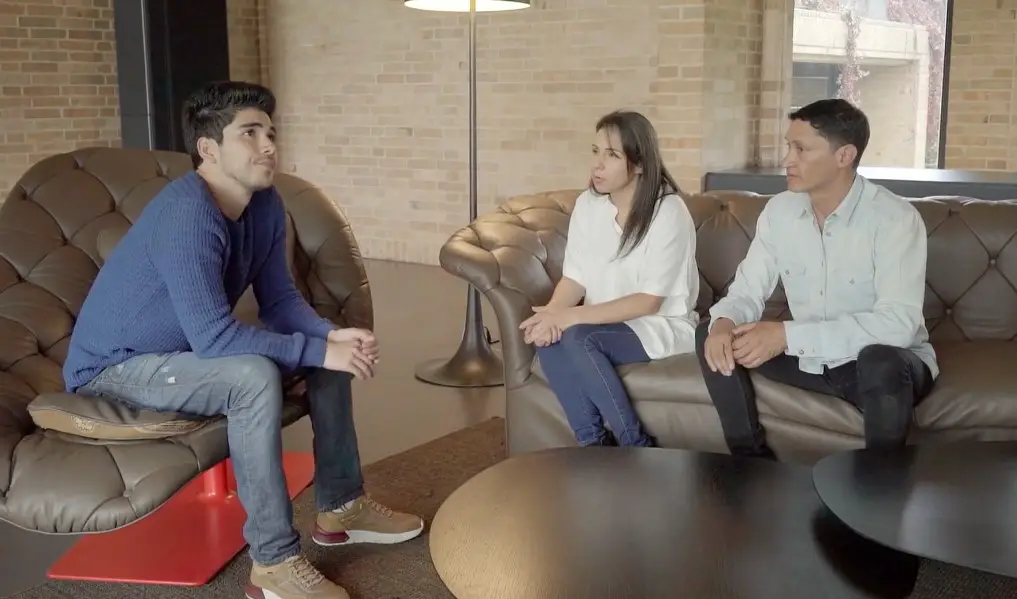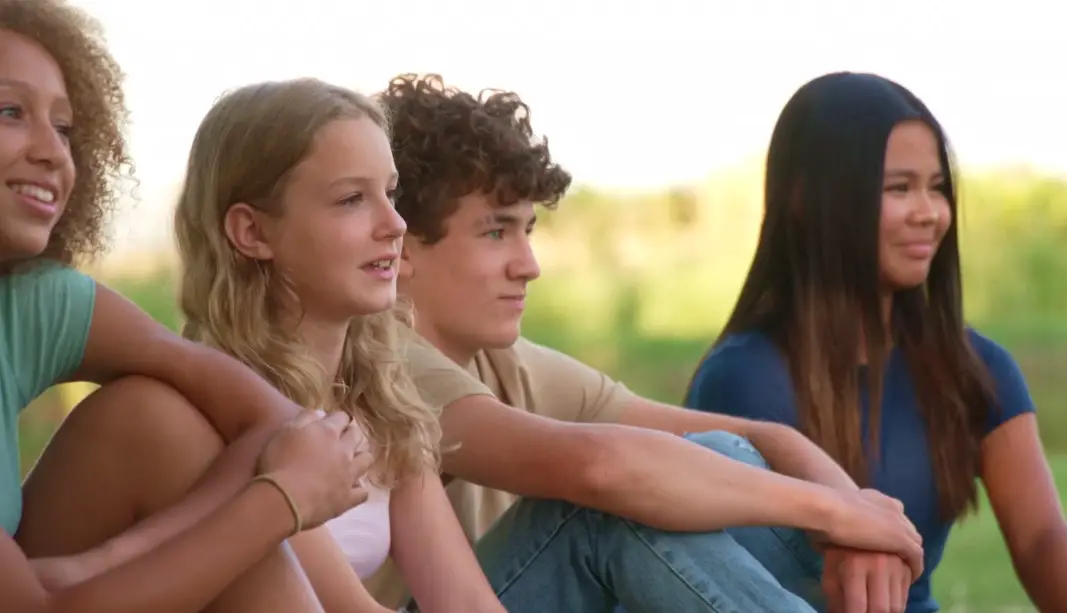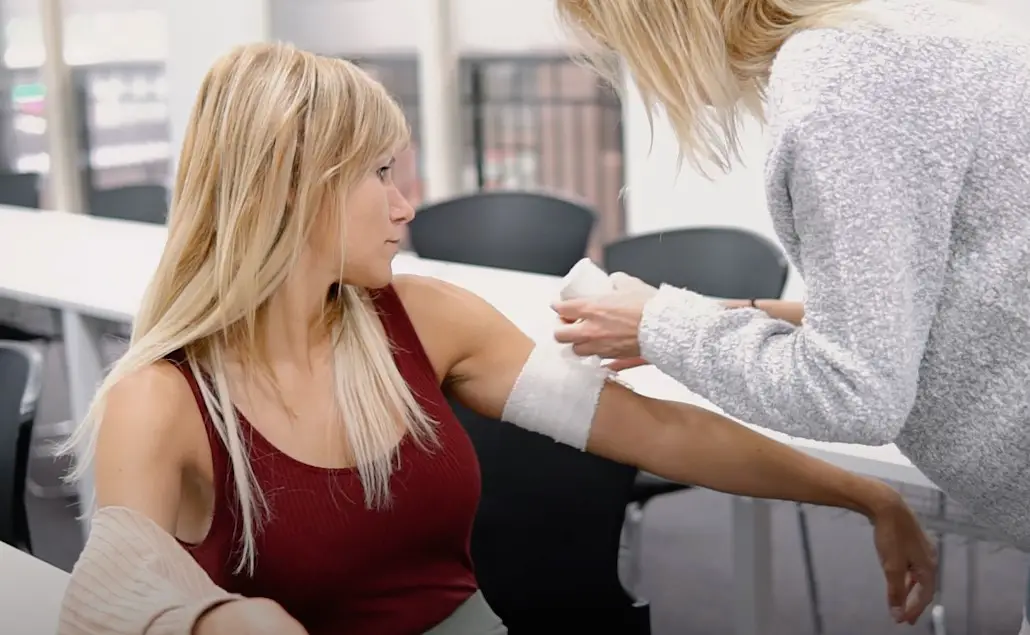When I read about the shootings near Dunbar High School in Baltimore and outside Clara Barton High School in Brooklyn, my heart broke. These are young lives, and incidents like this leave scars on not just the victims but entire communities. It’s terrifying to think that kids can’t always feel safe in what should be secure spaces.
We need to be proactive. The reality is, we all play a role in teen safety, from parents and teachers to neighbors and friends.
1. Keep Open Lines of Communication

Talking to teens isn’t always easy. They might shrug, roll their eyes, or give you that classic, “I’m fine.” But persistence matters.
Ask questions that go beyond “How was your day?” Try, “Did anything weird or exciting happen today?” or “What’s the vibe like at school lately?” Make it part of your routine—during dinner, on the way to school, or while doing chores.
- Examples: One parent I know keeps a small whiteboard on the fridge where their family writes “highs” and “lows” of the day. It’s a simple way to start conversations.
2. Teach Them to Be Aware of Their Surroundings
Teens are often glued to their phones. While it’s hard to pry them away, awareness can save lives.
Encourage them to keep their headphones at a lower volume or to use only one earbud when walking. Teach them to periodically glance around and avoid shortcuts through alleys or poorly lit areas.
- Examples: A teen walking home after a basketball game could notice someone suspicious if they’re not buried in their phone. Teach them to look for safe places along their route—like a store, library, or even a neighbor’s house—if they feel unsafe.
3. Encourage the Buddy System

Going places alone makes anyone more vulnerable. Teens should never have to walk or commute solo when it’s avoidable.
Talk to them about making plans with friends. They can coordinate walking or taking public transit together.
- Examples: If your teen has a late game or going to museum, offer to pick them and their friends up. Alternatively, help them organize a carpool system with other parents to ensure no one has to travel alone.
4. Collaborate With Schools
Schools are on the frontlines of teen safety. Working hand-in-hand with administrators can make a world of difference.
Attend PTA meetings and bring up safety concerns. Ask about existing security measures like metal detectors, cameras, or locked doors during school hours. Volunteer to assist during events where extra supervision is needed.
- Examples: In my neighborhood, parents worked with the school to implement ID card scanners for entry. It might sound minor, but it helps track who’s entering and exiting the building.
5. First Aid Kits and Emergency Training

Preparation for emergencies goes beyond calling 911. First aid kits and basic medical knowledge can be lifesaving in critical moments.
Advocate for well-stocked first aid kits in schools and common area. Push for schools to offer first aid and CPR training to staff, and consider making it available for students too.
- Examples: A teacher trained in CPR could be the reason a shooting victim survives until paramedics arrive. Schools should also consider “Stop the Bleed” kits, which are specifically designed for gunshot wounds and severe injuries.
6. Support Mental Health Resources
View this post on Instagram
It’s easy to focus on the physical aspects of safety, but emotional well-being is just as critical. Teens processing trauma from violence or even the fear of it need access to professional help.
Advocate for school counselors to receive trauma-focused training. Push for more counselors per student. If your teen doesn’t feel comfortable talking to someone at school, explore private options or community programs.
- Examples: After a shooting, a group therapy session at school can help students process their fear and grief together, while one-on-one counseling can provide personalized support.
7. Improve Lighting Around Schools and Streets

Poor lighting creates opportunities for crime. Teens leaving school after dark—whether from games, clubs, or events—deserve safer surroundings.
Work with the local government to identify dimly lit areas around schools. Petition for better lighting or motion-sensor lights near entrances and exits.
- Examples: A community group near my home successfully raised funds to install brighter LED lights in a park notorious for late-night trouble.
8. Leverage Technology for Safety
Phones can be lifesavers when used strategically. Teach teens how to use them effectively in emergencies.
Show teens how to use emergency features on their phones, like the SOS function. Encourage location-sharing apps, so family and friends can track their whereabouts if needed.
- Examples: Apps like Life360 let parents know when their teen leaves or arrives at a location. It’s not about hovering; it’s about being there if they need help.
9. Teach Self-Defense Skills

No one wants to imagine their teen in a fight-or-flight situation, but knowing how to react can make a big difference.
Enroll them in self-defense classes at a local gym or community center. These classes often teach how to de-escalate situations and defend themselves if necessary.
- Examples: A teen walking home who notices someone suspicious might use techniques like maintaining a safe distance or knowing how to break free from a grab.
10. Foster a Sense of Community
Communities that look out for each other are inherently safer. By building connections, we create a web of support for our teens.
Encourage teens to attend local events and volunteer in their neighborhood. Start or join community safety programs that focus on looking out for each other.
- Examples: In my town, a neighborhood watch was set up near the high school. Parents, teachers, and even older students take turns patrolling during key hours, like dismissal time.
A Final Thought
When incidents like the shootings near Dunbar and Clara Barton happen, I feel both anger and determination. Anger that such violence exists in spaces meant to nurture and educate. Determination to make sure we’re doing everything we can to protect our kids.
Every small action—whether it’s a conversation, a petition, or showing up at a school meeting—contributes to a safer environment. Safety isn’t just a goal; it’s a promise we owe to our teens.
What safety measures have worked in your community?
Let’s share ideas and learn from each other in the comments below.

